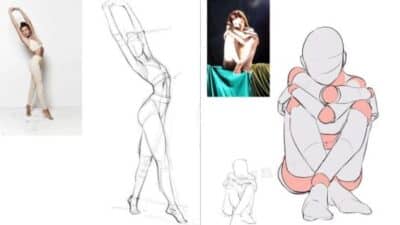When you sit down with a pen and a blank page, doodling can spark ideas you didn’t know you had. It’s not about perfect lines or polished art—it’s about letting your hand move freely and watching simple shapes turn into something fun. Doodle inspiration gives you quick, approachable ways to explore creativity without pressure.
You can start with everyday objects like food, plants, or animals, or experiment with patterns and abstract designs that fill a page with energy. Small, playful sketches often lead to bigger creative breakthroughs, whether you use them in a journal, a notebook, or just for relaxation.
The best part is that doodle ideas are everywhere—on social media, in art communities, or even in the shapes around you. Once you start noticing them, you’ll never run out of ways to keep your pen moving.
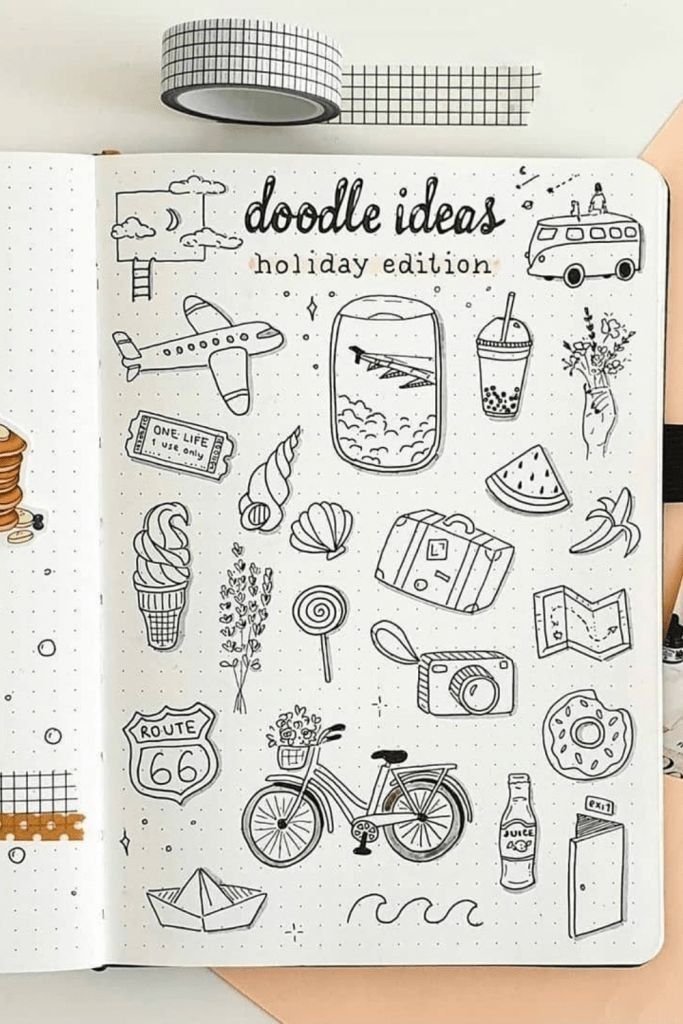
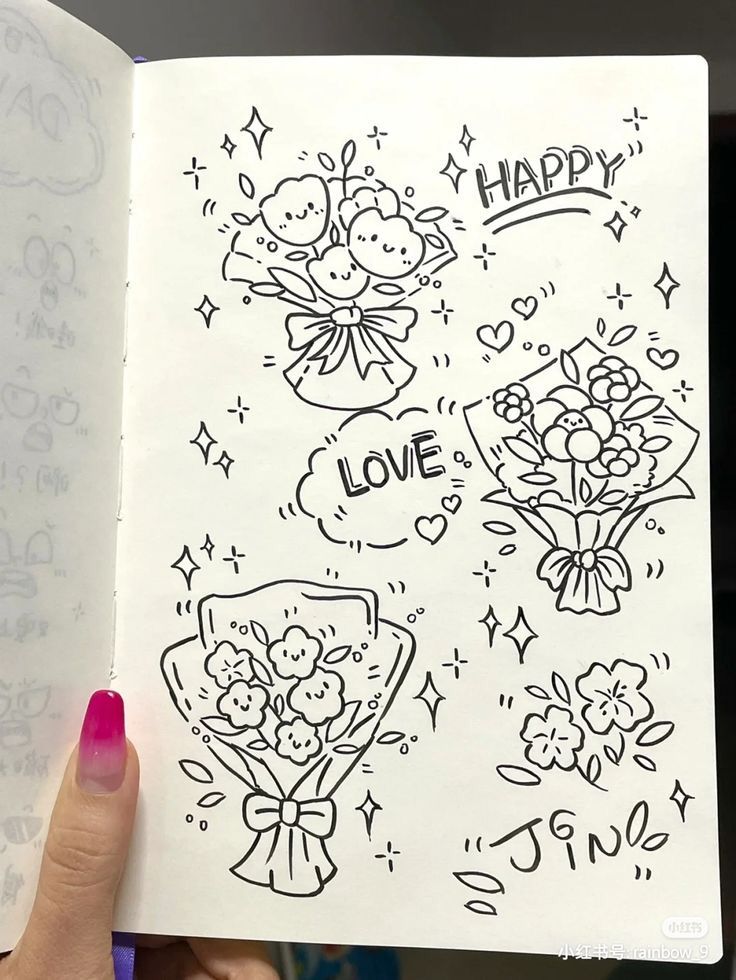

Key Takeaways
- Doodling offers simple ways to spark creativity.
- Everyday objects and patterns provide easy starting points.
- Inspiration can come from both daily life and creative communities.
What Is Doodle Inspiration?
Doodle inspiration comes from the small, unplanned drawings you create when your hand moves freely across a page. It helps you explore ideas, notice patterns, and connect thoughts in ways that feel natural and easy.
The Power of Spontaneous Creativity
When you doodle without planning, you give yourself permission to create without pressure. This kind of spontaneity often leads to shapes, symbols, or patterns you didn’t expect.
You might draw spirals, repeating lines, or simple faces while your mind drifts. These small marks can spark a sense of flow, where you lose track of time and simply enjoy the process.
Spontaneous doodling also trains you to see value in imperfection. Because you’re not aiming for a polished piece, you feel freer to experiment. That freedom can carry over into other creative work like writing, design, or problem-solving.
Why Doodling Sparks New Ideas
Doodling keeps your mind active while your hand moves. This light activity helps you make connections between thoughts that might not surface if you only focused on words or numbers.
For example, drawing simple shapes during a meeting can help you remember details later. Visual cues stick in memory better than text alone, and doodles act as quick reminders.
Your doodles can also evolve into larger ideas. A quick sketch of a tree might inspire a pattern for a design project, or a random swirl might become the basis of a logo. By letting your mind wander, you open space for new concepts to form naturally.
Benefits of Doodling for Creativity
Using doodles as a tool can improve both your focus and your creative output. Studies show that doodling can reduce stress and help you stay engaged during tasks that require attention.
Here are a few ways doodling supports creativity:
- Memory aid: Helps you recall information more easily.
- Stress relief: Gives your mind a break from structured work.
- Idea generation: Turns small sketches into bigger concepts.
You don’t need special materials to benefit. A pen and a scrap of paper are enough to explore ideas, relax your mind, and strengthen your creative thinking.
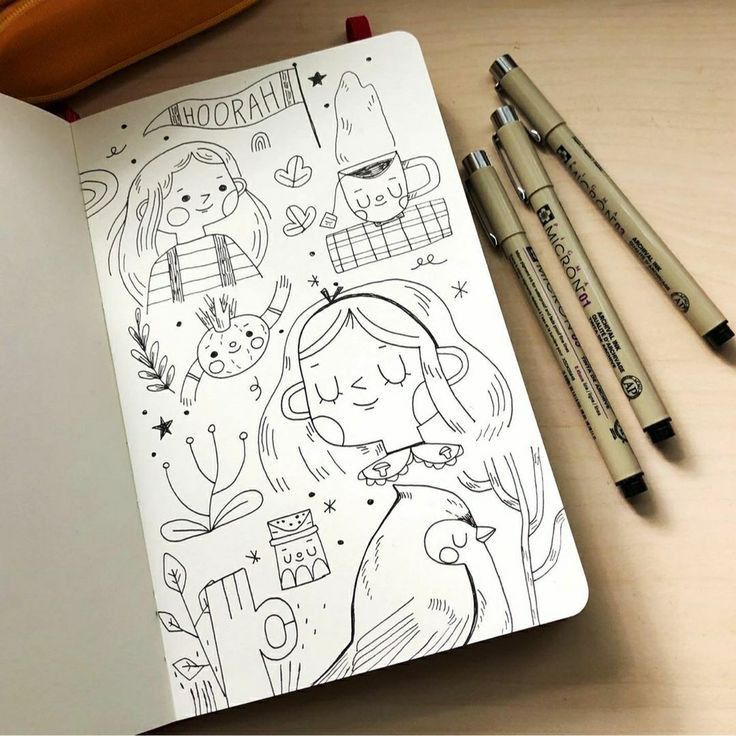
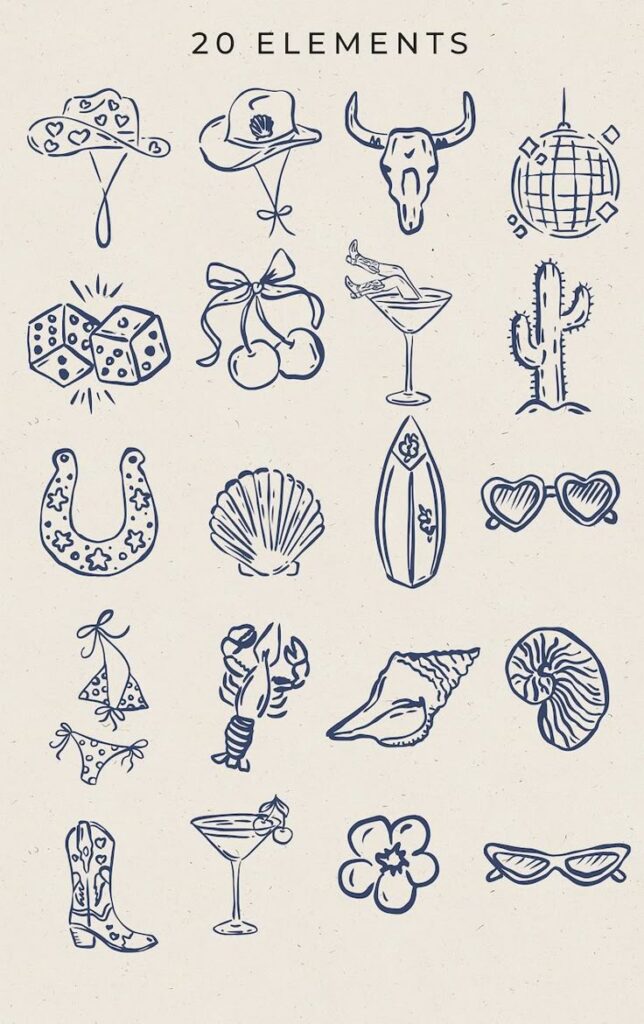

Popular Doodle Ideas to Jumpstart Your Creativity
You can spark new doodle ideas by starting with simple marks, drawing from nature, or sketching familiar objects around you. Each approach gives you a different way to practice and explore without pressure.
Simple Patterns and Shapes
Starting with patterns and shapes is one of the easiest ways to get into doodling. You don’t need complex skills—just repeat lines, dots, or curves to create interesting designs.
Try filling a page with zigzags, spirals, or checkerboards. These repetitive marks can help you relax while also training your hand for better control.
You can also experiment with layering shapes. For example:
- Draw circles inside each other.
- Create grids and fill each square with a different texture.
- Alternate between thick and thin lines.
These small variations keep your doodles fresh and prevent them from feeling repetitive. Over time, you’ll notice how simple marks can evolve into more detailed patterns.
Nature and Floral Motifs
Nature gives you endless doodle inspiration. Leaves, flowers, and trees are simple enough to sketch but offer plenty of variety.
You don’t need to capture every detail. Start with the basic outline of a leaf or the rounded petals of a daisy. Add veins, stems, or shading if you want more depth.
Some easy floral doodle ideas include:
- Tulips with long stems
- Sunflowers with layered petals
- Ferns drawn with repeating leaflets
Mixing different plants on one page creates a lively composition. You can also combine them with patterns, like placing flowers inside geometric frames. Doodling natural motifs helps you practice curves and organic shapes, which often feel more playful than straight lines.
Everyday Objects for Easy Doodles
Looking at ordinary items around you can spark quick doodle ideas. Common objects are simple to draw and instantly recognizable.
Think about sketching coffee mugs, books, lightbulbs, or headphones. These shapes don’t require perfect proportions, and even a rough outline captures their essence.
Here are a few more everyday doodle prompts:
- Food items like pizza slices or fruit
- Stationery such as pencils, scissors, or paperclips
- Household objects like chairs, clocks, or cups
Drawing everyday objects helps you see the creative potential in your surroundings. It also builds confidence because you’re working with forms you already know well.
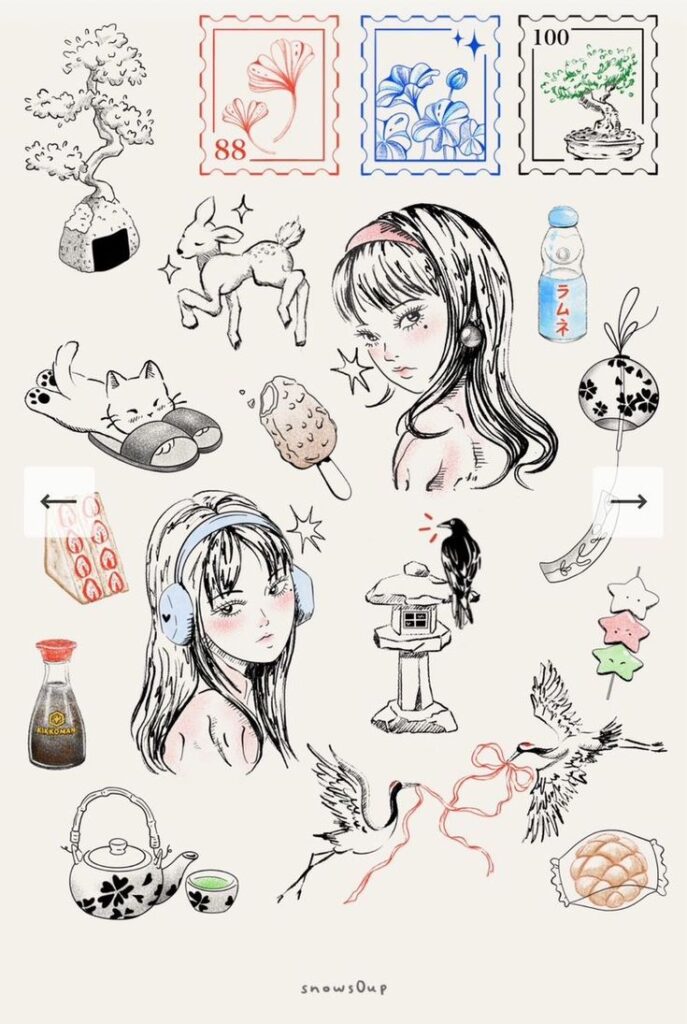
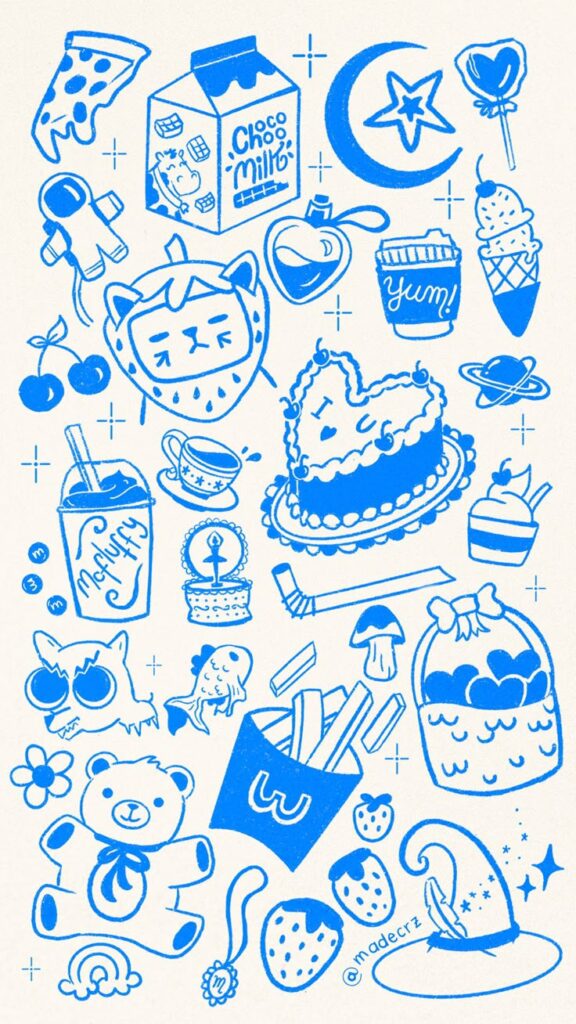
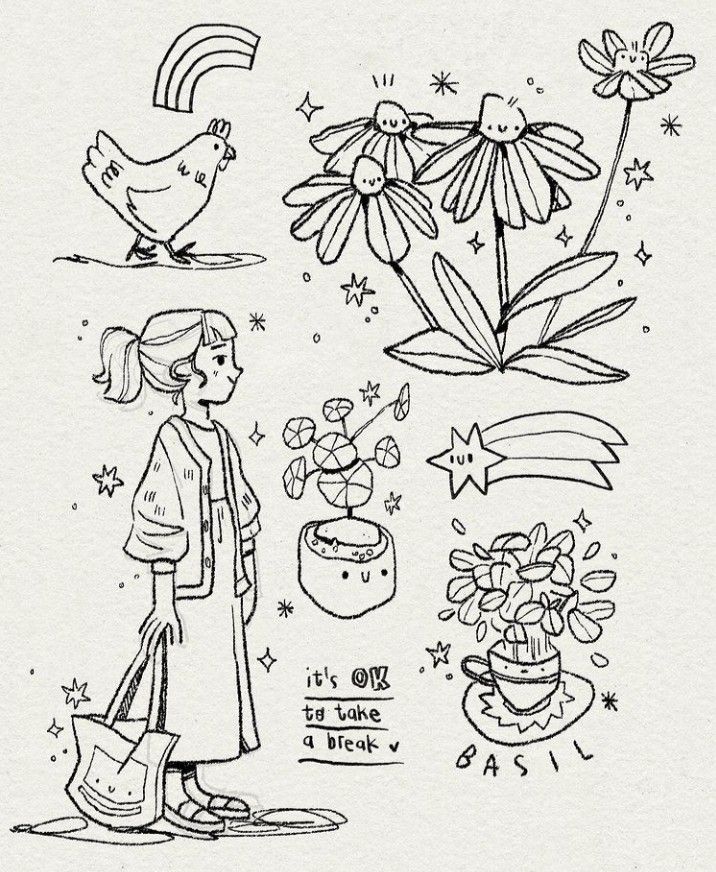
Animal Doodles for Whimsical Inspiration
Animal doodles give you a simple way to add charm and personality to your sketchbook. You can focus on everyday pets for lighthearted fun or explore more imaginative creatures for playful variety.
Cute Creatures and Pets
When you doodle pets, you capture familiar shapes and expressions that feel instantly recognizable. A cat with oversized whiskers, a dog with floppy ears, or a hamster with round cheeks can all make your page more lively.
Try exaggerating features like big eyes, tiny paws, or wagging tails. These small changes make your doodles more expressive without requiring complex detail. You can also add accessories—like a bow tie on a puppy or a scarf on a kitten—for extra personality.
If you keep a journal, animal doodles can decorate the margins or highlight important notes. A smiling goldfish next to a reminder or a sleepy cat near a bedtime entry makes your pages more engaging.
For practice, start with basic shapes:
- Circles for heads
- Triangles for ears
- Ovals for bodies
This approach keeps your doodles quick and approachable while still leaving room for creativity.
Wildlife and Fantasy Animals
Doodling wildlife lets you explore animals you may not see every day. Elephants, owls, foxes, and turtles all have distinct features that translate well into simple sketches. You can focus on one defining trait—like a fox’s bushy tail or an owl’s large eyes—to make the doodle stand out.
Fantasy animals add another layer of fun. You can combine traits, such as giving a rabbit dragon wings or sketching a unicorn with patterned fur. These mashups encourage you to invent new designs while still keeping the doodle style playful.
To keep things balanced, use bold outlines with minimal details. This helps even complex creatures, like a griffin or mermaid cat, remain easy to draw. Adding stars, clouds, or small plants around them can create a setting without making the page feel crowded.
Experimenting with both real and imagined animals helps you grow more confident in your doodle style while keeping your sketches fresh and varied.
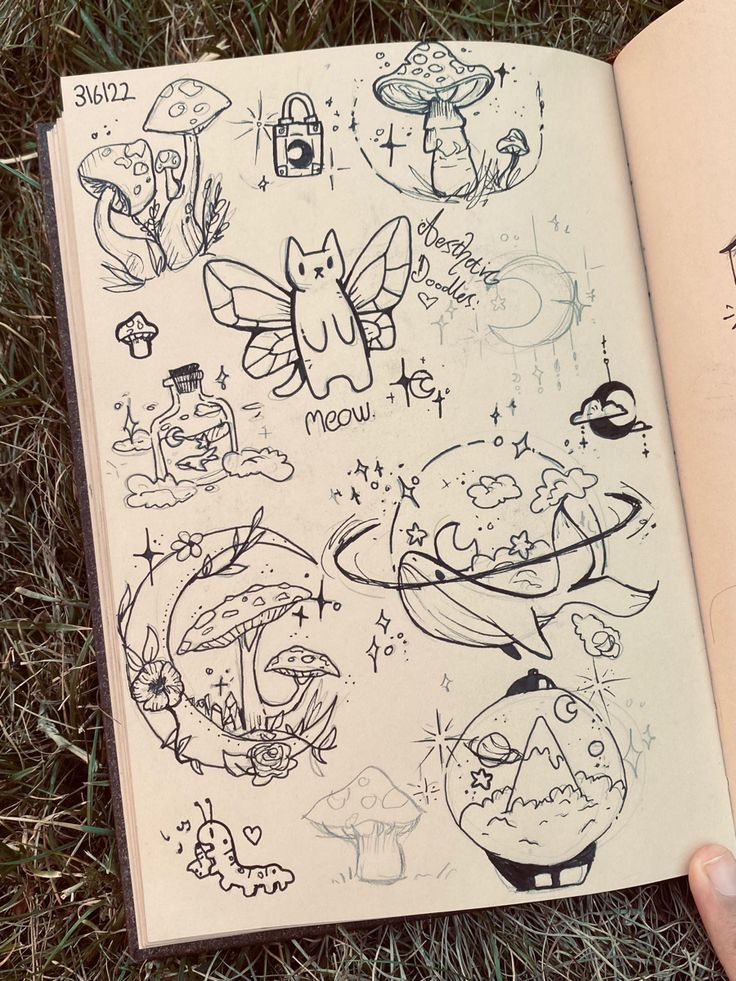
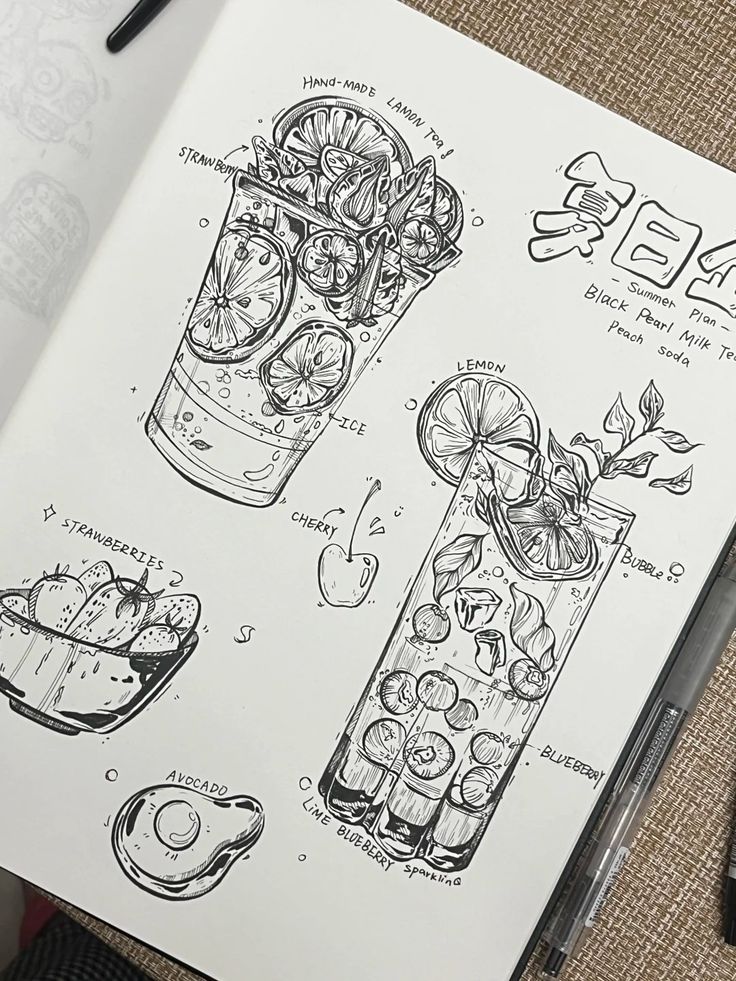

Abstract and Pattern-Based Doodle Inspiration
You can explore abstract doodles by focusing on structured yet flexible designs. These styles let you combine order with creativity, giving you options to either follow a system or improvise within repeating patterns.
Mesmerizing Zentangle Designs
Zentangle designs rely on structured patterns drawn in small sections. You divide your page into spaces and then fill each one with a unique motif such as waves, spirals, or crosshatching. This approach helps you stay organized while still creating intricate results.
You don’t need special tools—just a pen and paper. Start with simple lines and gradually layer in more detail. The repetition makes the process calming, and the finished work often looks more complex than it felt to create.
To keep your designs fresh, rotate between different textures:
- Organic lines like curves, loops, and swirls
- Sharp patterns such as triangles, grids, and zigzags
- Shaded effects using dots or parallel strokes
Experimenting with contrast between bold and delicate sections gives your doodle more depth. By mixing dense areas with open space, you create balance without making the page feel crowded.
Geometric Borders and Repeating Patterns
Geometric doodles focus on symmetry and rhythm. You can use shapes like squares, circles, and hexagons to build borders, frames, or backgrounds. These repeating elements work well when you want a clean and structured look.
A simple way to start is by drawing a border of connected diamonds or triangles. Once you establish the base, add smaller details inside each shape, such as dots or lines, to increase variety.
You can also create tiled effects by repeating one shape across the page. For example:
| Shape | Effect |
|---|---|
| Triangles | Dynamic, directional flow |
| Circles | Soft, continuous rhythm |
| Squares | Stable, balanced layout |
When you vary the size or spacing of each shape, the design feels less rigid. Combining large and small forms within the same pattern adds visual interest without losing the geometric structure.


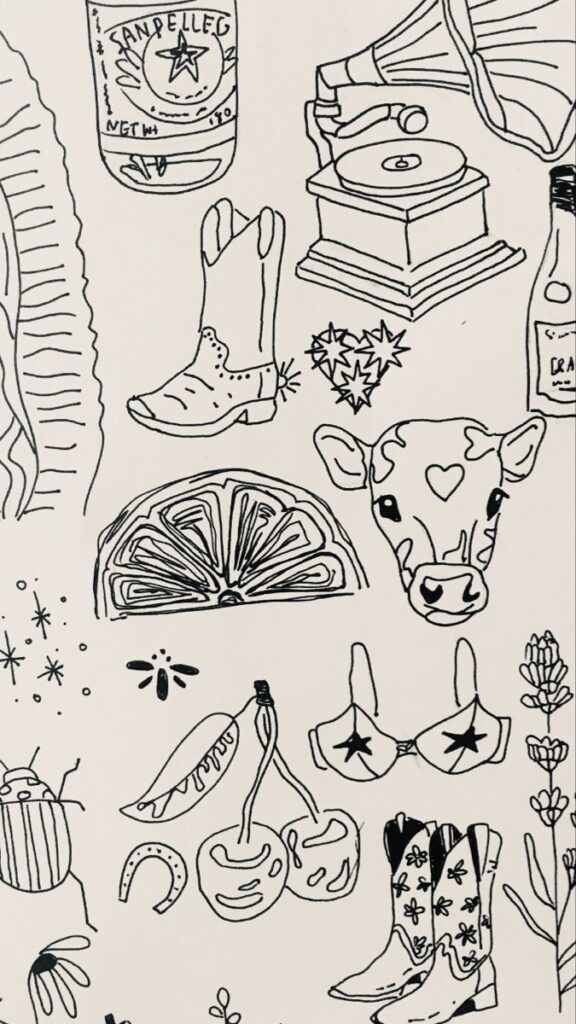
Unique Sources of Doodle Inspiration
You can find fresh doodle ideas in places you already use every day. Sketchbooks, digital platforms, and even your daily routine can spark new designs when you pay attention to details and patterns around you.
Art Journals and Bullet Journals
When you use an art journal or bullet journal, you create a space that naturally invites doodling. The blank margins, headers, and note sections often become quick spots for sketches. This makes your journal both practical and creative.
You can try simple borders, icons for tasks, or small illustrations tied to your daily entries. A calendar page, for example, can feature weather doodles or mood icons. Over time, these small drawings build into a collection of personal symbols.
Bullet journals also encourage experimenting with layouts. Adding geometric shapes, banners, or floral designs around lists can give you a steady flow of inspiration. Since you use the journal regularly, you’ll always have a reason to try new doodle styles.
Social Media and Online Galleries
Platforms like Instagram, Pinterest, and DeviantArt give you access to a wide variety of doodle styles. You can scroll through hashtags such as #doodleart or #sketchideas to see what other artists are creating.
Online galleries often highlight themes like minimal line art, abstract patterns, or character-based doodles. By saving collections or creating boards, you can gather ideas that fit your style.
It helps to notice not just the finished doodles but also how artists use shading, colors, or repetition. Watching short sketch videos can also show you simple techniques to try right away. These platforms let you learn quickly by observing and adapting.
Everyday Life and Personal Experiences
Your surroundings offer endless doodle inspiration when you slow down and observe. Common objects such as coffee mugs, plants, or street signs can become quick sketches. Even the shapes of shadows or textures in nature can spark new patterns.
Personal experiences also add meaning to your doodles. Drawing moments from a trip, a favorite meal, or a conversation can turn simple lines into memory-based art. These sketches don’t need to be detailed—just enough to capture the idea.
Try keeping a small notebook with you. Jotting down quick doodles during commutes, breaks, or while waiting can help you build a habit of noticing details. Over time, your life becomes your biggest source of inspiration.
- 341shares
- Facebook0
- Pinterest341
- Twitter0
